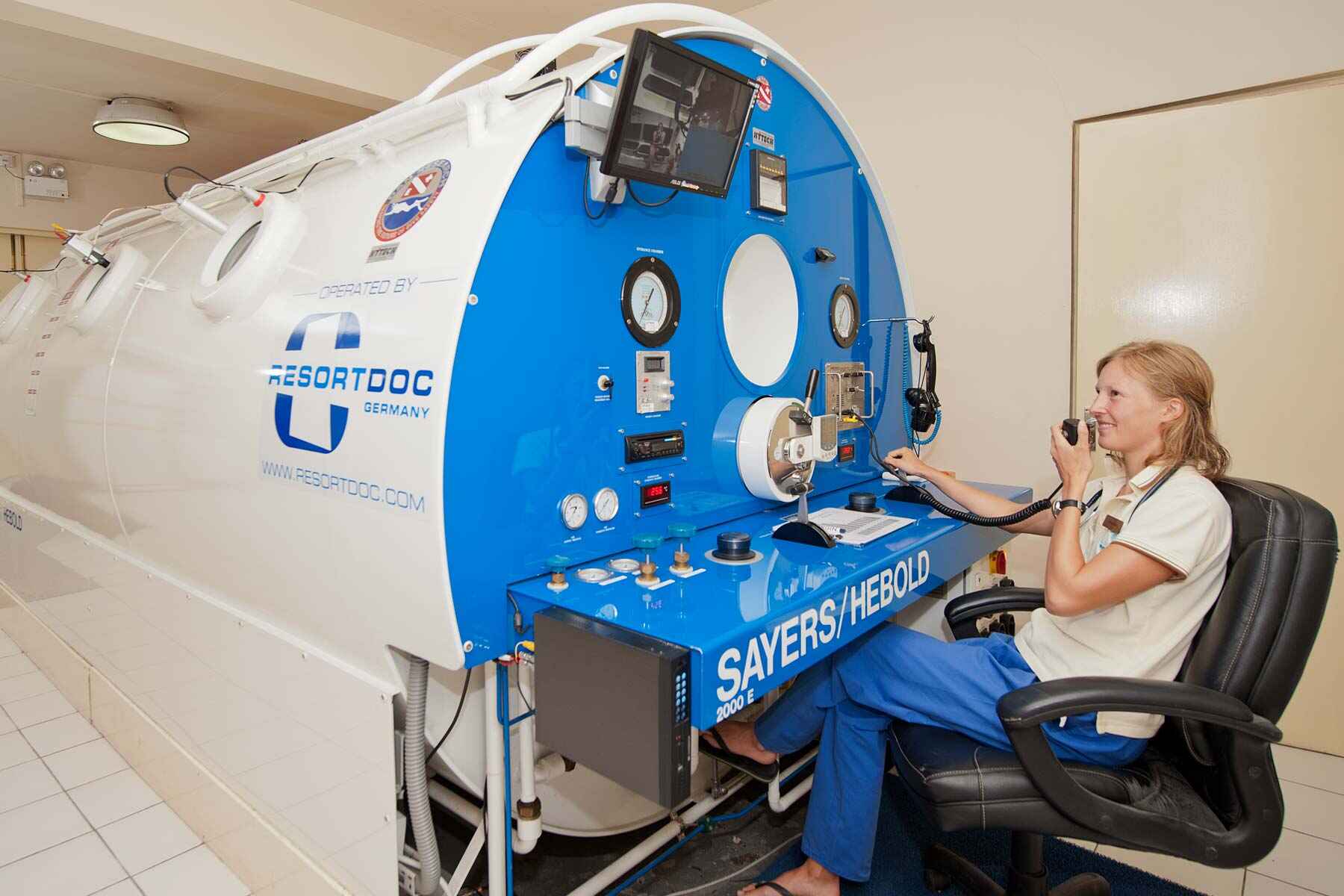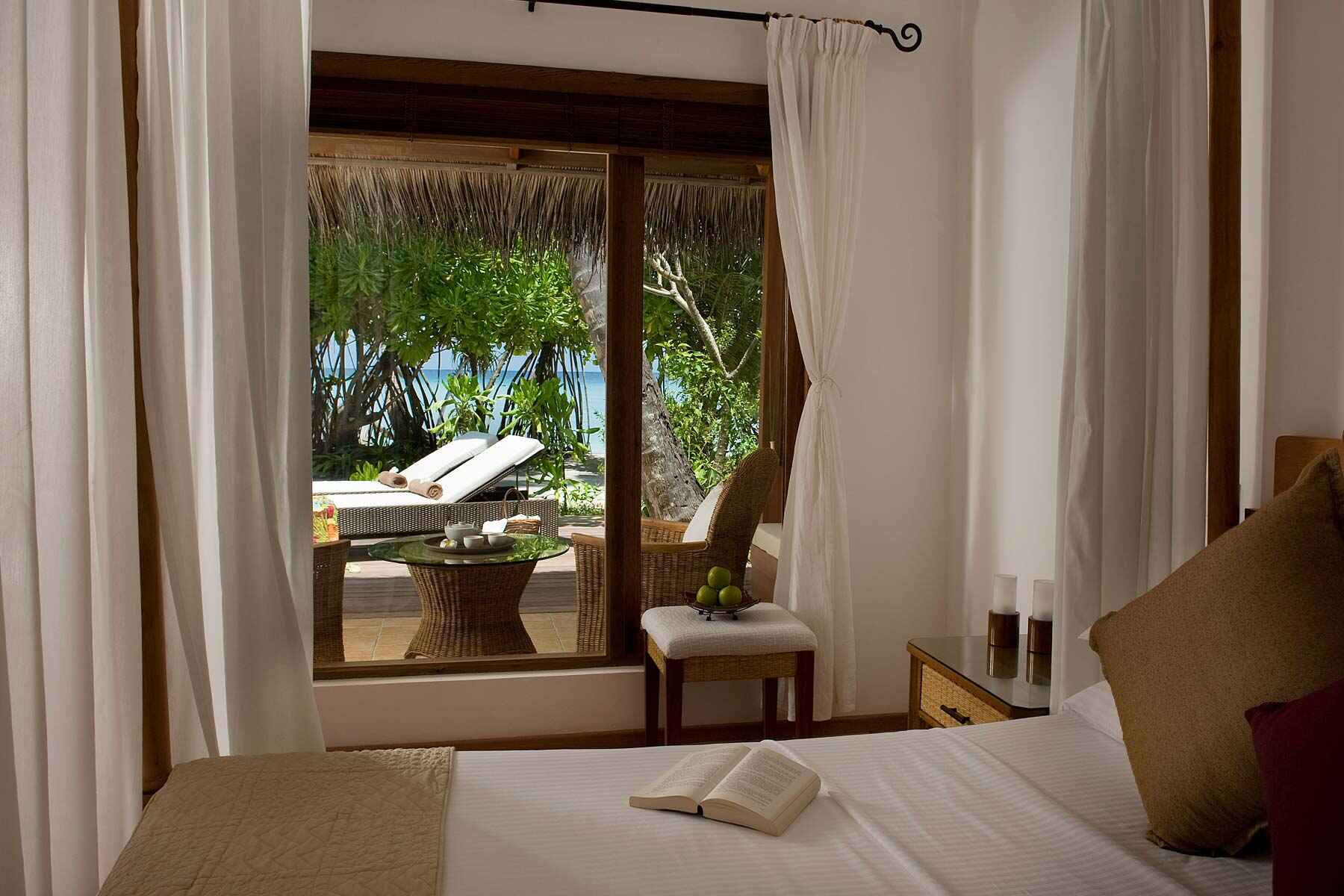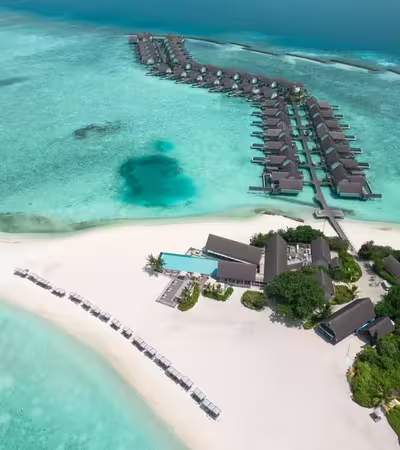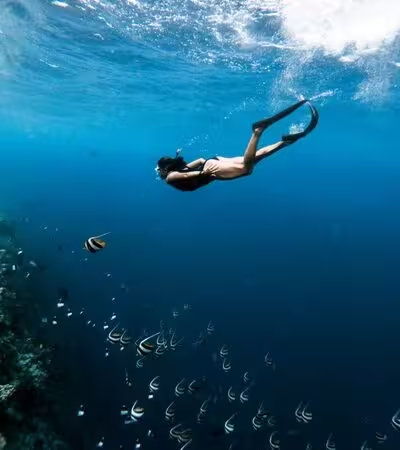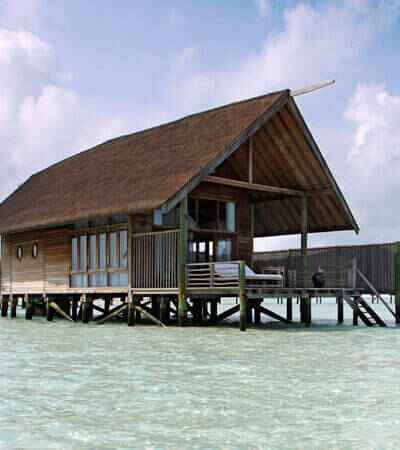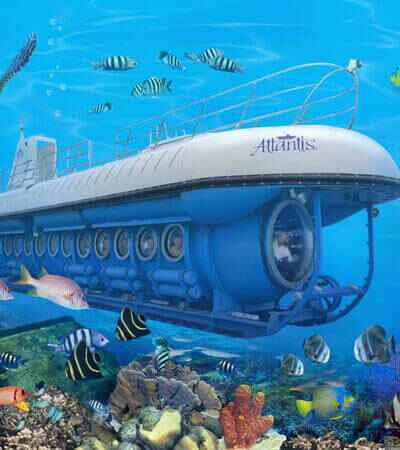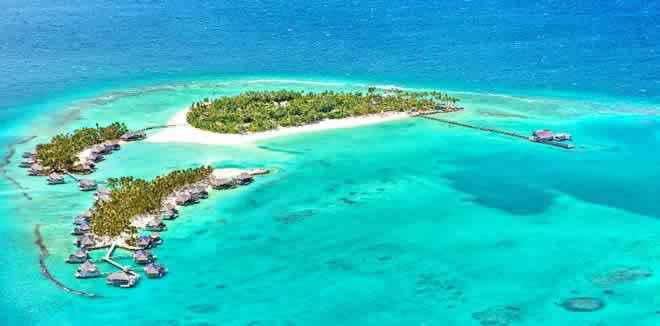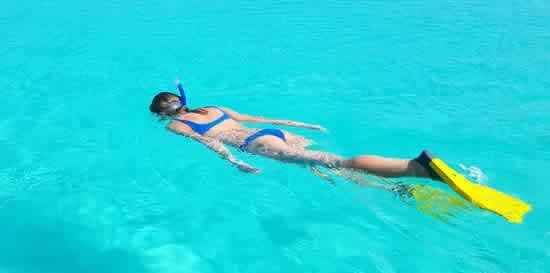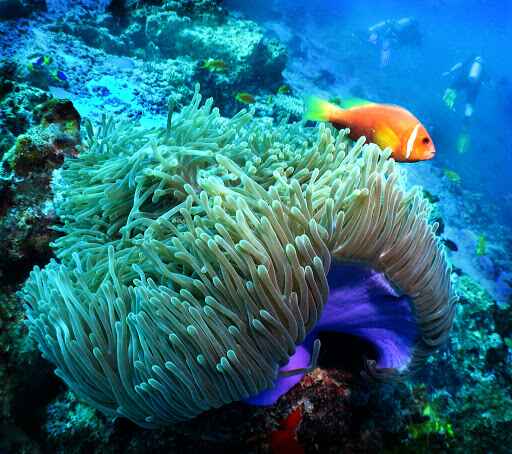
Scuba making a plunge Ari Atoll is unwinding, brave, at times testing, and continually shocking. After North Male, Ari (otherwise called Alifu) is viewed as the most visited atoll in Maldives, and this adds to a serious level to the nature of plunging. With white sandy sea shores and perfectly clear waters, numerous jumpers rate Ari Atoll's destinations to be the awesome the country, and they additionally highlight noticeably on numerous Maldivian liveaboards courses best scuba diving in maldives.
Partitioned into North and South atolls, geographically making a plunge the Ari Atoll is not quite the same as numerous different territories of the Maldives, as there are relatively few long lengths of obstruction reef. All things considered, there are a great deal of thilas, where apexes, both inside and outside the tidal ponds are as objects of marine collection giving magnificent making a plunge and around the tops and inside kandu (channels). The plunges are brave, unwinding, in some cases complex and consistently wonderful here maldives scuba.
Making a plunge Ari Atoll isn't known for the brightness of its corals. Truth be told, it's 'thila', 'giri' and 'kandu' can be somewhat exhausting contrasted with numerous other Asian jumping objections because of the solid flows in this locale. There are a few special cases for the above mentioned, however by and large, in the event that you need to take a gander at the delightful corals - Ari Atoll isn't the perfect spot. Or maybe, jumpers pick these waters for ordinary finding pelagic species maldives scuba diving resorts.
Hammerhead sharks, mantas and other pelagic are more normal around Ari Atoll, and even the powerful whale shark shows up routinely, particularly in marine stores situated in the southern piece of the atoll. Despite the fact that there are a lot of room accessible in different destinations for sharks and mantas, the most dependable locales for finding enormous fish are situated here.
The liveaboard trips are typically reserved ahead of time, so to stay away from disillusionment or a non-standard boat, we encourage you to book an outing in any event a half year before your excursion.
Not with standing Kuramathi's energizing multiple times week by week half road trips, the retreats likewise run an entire day three plunge safari on Thursday. The group is a promising beginning at 6.00am and return around 17.30, yet is an incredible outing, jumping a portion of the well known and marvelous destinations in North Ari atoll, for example, Maaya Thila, Fishhead, Malhoss Thila, Panettone and our Manta highlight name a couple. Generally they need least 10 members.
The most ideal approach to scuba jump the Ari Atoll is from a Maldives Liveaboard. The country's primary air terminal is Male Worldwide Air terminal (MLE) close to the capital city of Male on the island of Hulhule. Homegrown flights, ocean plane, speed boat and ships are the most widely recognized methods of island bouncing in the Maldives. A few brisk brief flights a day are accessible from Male to Maamigili (VAM) Air terminal. From that point, singular best island in Maldives are most effectively open by boat.
On the off chance that you are arranging your spending jumping occasion, you will discover modest accomodation and scuba plunging at reasonable costs on the accompanying possessed islands: Rasdhoo, Thoddoo, Ukulhas, Dhigurah, Feridhoo,Bodufolhudhoo, Maamigili and Omadho beautiful maldives.
Best Time for diving in Maldives
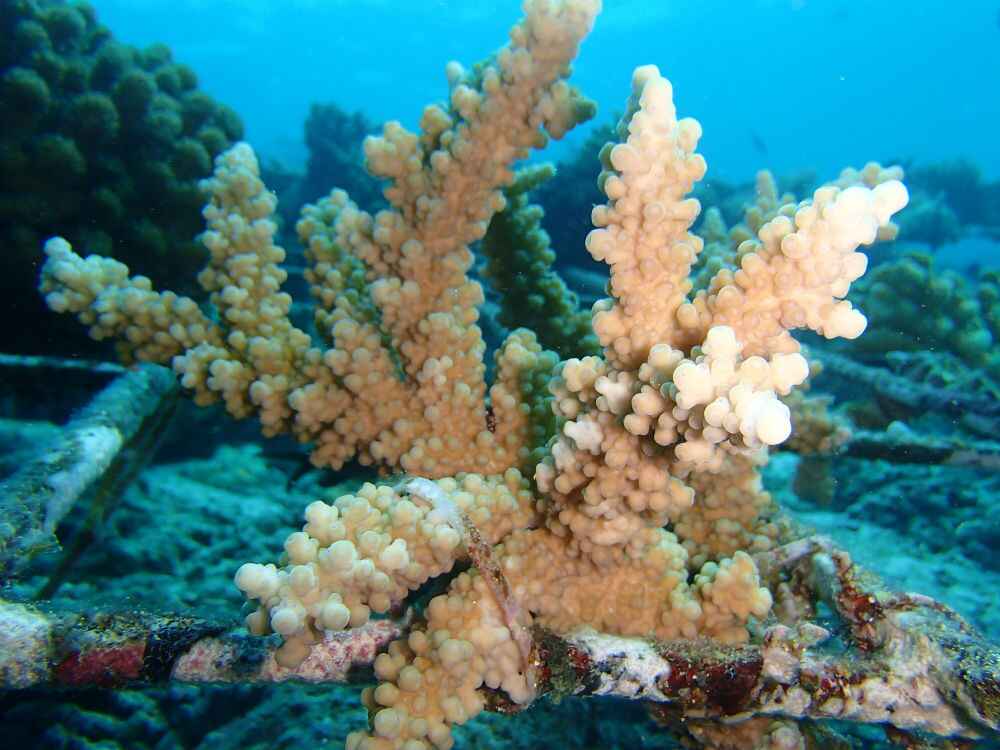
Making a plunge Ari Atoll is offered throughout the entire year, yet the suggested a long time for ensured jumpers are from December to May, when the ocean is level. On the off chance that you go on a jump experience in the remainder of the year - the climate is flighty and it is very hard to track down the conditions for plunges.
Scuba making a plunge the Ari Atoll in the Maldives is best from January to April, when precipitation is uncommon, and the normal day is around 28 degrees Celsius. Whale sharks regular the waters throughout the entire year yet you'll be destined to spot one among October and Walk. In Ari Atoll, the best season to see Manta Beams is among October and March.From July to October there might be times of downpour and a more fierce ocean, however generally speaking, there will never be an awful plunge, in light of the fact that the climate is relative, and tropical islands get a great deal of daylight throughout the entire year. The water temperature is steady at around 28-29 ° C, bouncing up to 32 degrees Celsius inside the tidal ponds, and perceivability is reliable from 15-30m, yet fluctuates from site to site, contingent upon which side of the atoll you jump and in which season.
Making a plunge the Maldives at Ari Atoll is fundamentally a solid current. Most jumps are float plunging, and you infrequently meet at the passage point. Due to these flows, numerous jumps are suggested uniquely for experienced jumpers, yet having a divemaster will permit you to plunge with any degree of involvement. There is no deficiency of good jump destinations for any degree of jumper, on the off chance that you ask your nearby group for help.
The closest decompression chamber is situated at Kuramathi Resort.
Liveaboard Diving in Ari Atoll
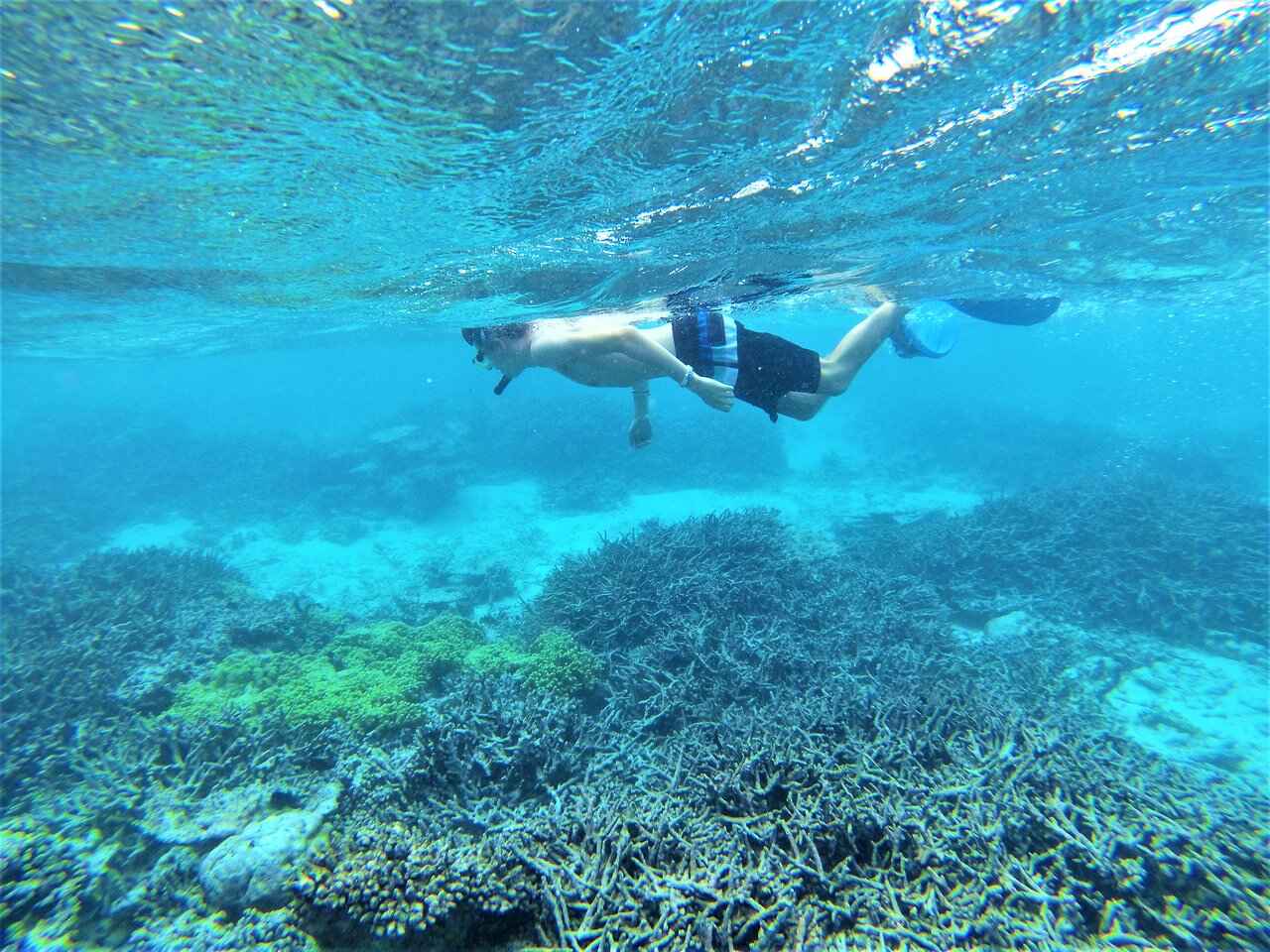
Numerous Ari Atoll liveaboards withdraw from Male, reachable by short departures from close by Singapore, Dubai, and Colombo. Longer worldwide departures from Europe, America, China, India, and Australia are altogether promptly accessible, regularly interfacing through the air terminals referenced previously. At the point when Ari Atoll agendas withdraw from different ports like Baa, an ocean plane from Male is the most ideal approach to arrive.
What to See
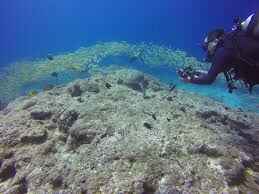
Scuba making a plunge Ari Atoll, albeit not known for beautiful corals and schools of fish, brings a ton of novel and appealing jump destinations with large marine animals and pretty full scale life - fishes, barracudas, sharks, turtles – everything you can envision here. Quick flows make all the conditions for astounding submerged disclosures, in light of the fact that moving water implies a great deal of food, and where there is food, there is something to see! Nudibranchs, frogfish, leaffish and endless miniature and full scale life forms are noticeable all over. Turtles, panther sharks, nurture sharks, whitetip sharks, hammerheads, mantas, falcon beams, barracudas, and trevalli are progressively profiting by these supplement rich waters and dynamic marine life.
As a rule around the Ari/Alif atoll, jumpers experience hammerhead sharks, manta beams and other pelagics, including the whale shark. Furthermore, in spite of the fact that there are other well known locales in the Maldives to investigate these ocean monsters, the most dependable destinations are situated here.
Most Popular Dive Sites

Ari Atoll (additionally called Alif or Alufu Atoll) is home to probably the most popular and notable top notch plunge locales across the Maldives. A portion of the retreats and a possessed islands are totally arranged right close to a portion of the plunging problem areas offering brisk and simple admittance to a ton of these locales. Among the most famous are: Broken Stone, Fesdu Wreck, Fish Head (otherwise called Shark Point or Mushimasmingili Thila), Five Rocks, Halaveli Wreck, Hammerhead Point, Rasdhoo Atoll (otherwise called Madivaru Corner), Kudarah Thila , Maaya Thila, Omadhoo South.
In excess of 80 kilometers in length, Ari/Alif is the second biggest atoll in the Maldives. Well known plunge destinations are dissipated across the atoll and, around 105 islands. There are more than 50 plunge destinations in the atoll for all degrees of involvement, all inside a one hour boat ride, and all the more slightly further away – they offer a gigantic assortment of corals, fish life and, obviously, the possibility for huge fish experiences. Staggering tones and a tremendous assortment of fish life have made the Ari Atoll one of the top plunging objections around the globe. Add in with the general mish-mash normal Manta Beam and whale shark sightings, and it's reasonable to comprehend why individuals continue to return for additional.
There are a few plunge locales for regular experiences with manta beams in the Maldives, yet the Ari/Alifu Atoll is viewed as the pioneer offering a few problem areas: Donkalo Thila in the west of Ari, Rangali Madivaru in the southwest and Kudarah Thila in the southeast.
The South Ari Atoll is acclaimed for its marine variety and particularly for its whale-sharks . Which jumpers can discover here throughout the entire year. Perhaps the most acclaimed should be Kuda Rah Thila, the principal broadly secured site in the Maldives and Maamigili Outside as whale shark magnet.
On the off chance that making a plunge the Maldives turns into a first an ideal opportunity for you - don't hesitate to make a beeline for Maaya Thila - outstanding amongst other jump destinations. This submerged turret has a boisterous arrangement of marine life, with a stunning assortment and volume of ocean animals. Parrots radiantly contend with monster frog fish, ocean turtles can be seen on a reef during taking care of, and the slippery shark guitar is generally controlled by a crisis scuba jumper. Another top of the Ari Atoll, Fish Head is a top pick among dark reef sharks that watch all sides looking for prey.
At long last, to investigate the hammerhead shark, it's ideal to go to Rasdhoo (Rasdu), this is Norht Ari Atoll. Its nearness to profound waters gives the best chances to noticing the pelagics. Additionally Thilas, kandus, wrecks and coral reefs close to Rasdhoo are loaded up with various types of coral and marine animal.







